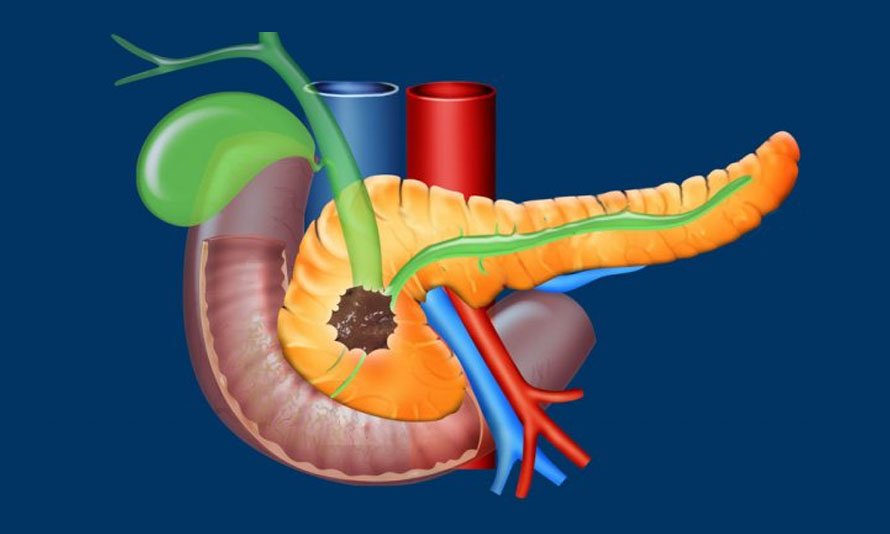
Pancreatic Cancer/(Periampullary cancer)
Pancreatic cancer, including periampullary cancer, is a group of malignancies that affect the pancreas and the surrounding region. The pancreas is an organ located behind the stomach that plays a crucial role in digestion and blood sugar regulation. Periampullary cancer refers to tumors that arise near the ampulla of Vater, a small opening where the pancreatic duct and common bile duct empty into the small intestine (duodenum).
Here are some key points about pancreatic and periampullary cancer:
Types of Pancreatic and Periampullary Cancer:
-
Pancreatic Adenocarcinoma: This is the most common type of pancreatic cancer, accounting for the majority of cases. It originates in the cells lining the ducts of the pancreas.
-
Pancreatic Neuroendocrine Tumors (PNETs): These are rare tumors that develop from hormone-producing cells in the pancreas.
-
Ampullary Cancer: This type of periampullary cancer occurs in the ampulla of Vater, where the bile duct and pancreatic duct meet the small intestine.
-
Distal Bile Duct Cancer (Cholangiocarcinoma): It arises in the bile ducts that are further away from the liver.
Risk Factors for Pancreatic and Periampullary Cancer:
- Age: The risk of developing these cancers increases with age.
- Smoking: Cigarette smoking is a significant risk factor for pancreatic cancer.
- Family History: A family history of pancreatic or other related cancers can elevate the risk.
- Chronic Pancreatitis: Long-term inflammation of the pancreas may increase the risk.
- Obesity: Being overweight or obese can be a risk factor.
- Diabetes: Some studies suggest a link between diabetes and pancreatic cancer.
- Certain Inherited Syndromes: Mutations in specific genes, such as BRCA1, BRCA2, and others, can increase the risk.
Symptoms:
- Pancreatic and periampullary cancers often do not cause noticeable symptoms in their early stages.
- As the cancer progresses, symptoms may include abdominal pain, jaundice (yellowing of the skin and eyes), unexplained weight loss, digestive problems, and fatigue.
Diagnosis:
- Diagnosis typically involves imaging tests like CT scans, MRI scans, and endoscopic ultrasound.
- Biopsy is often necessary to confirm the cancer diagnosis.
Treatment:
- Treatment options for pancreatic and periampullary cancer depend on the stage of the disease and the patient's overall health.
- Surgical removal of the tumor (pancreaticoduodenectomy or Whipple procedure) may be considered for early-stage cancers.
- Chemotherapy, radiation therapy, targeted therapy, and immunotherapy may be used alone or in combination for advanced cases.
- Palliative care focuses on symptom management and improving the patient's quality of life, especially in advanced stages.
Prognosis:
- Pancreatic and periampullary cancers are often diagnosed at an advanced stage, which can make treatment challenging.
- The prognosis depends on the stage at diagnosis and the overall health of the patient. These cancers tend to have a relatively poor prognosis, with a lower overall survival rate compared to some other cancers.
Early detection and prompt treatment are crucial for improving outcomes in pancreatic and periampullary cancer cases. If you or someone you know experiences symptoms or has risk factors for these cancers, it's essential to seek medical evaluation and consultation with an oncologist for proper diagnosis and management.
